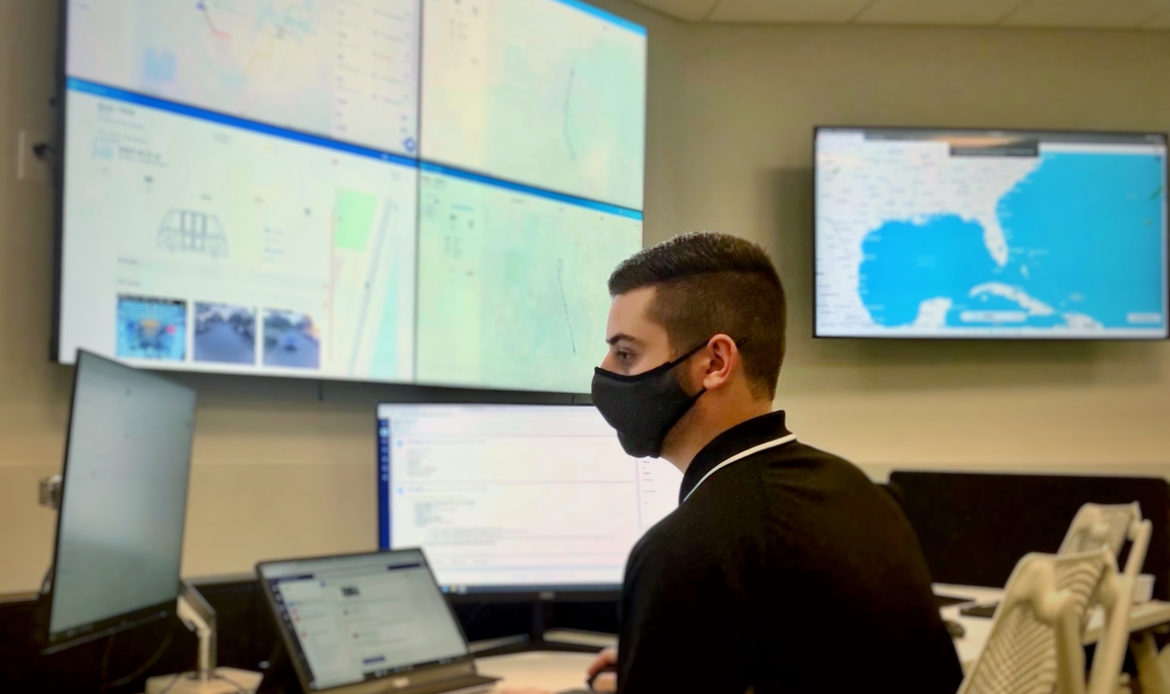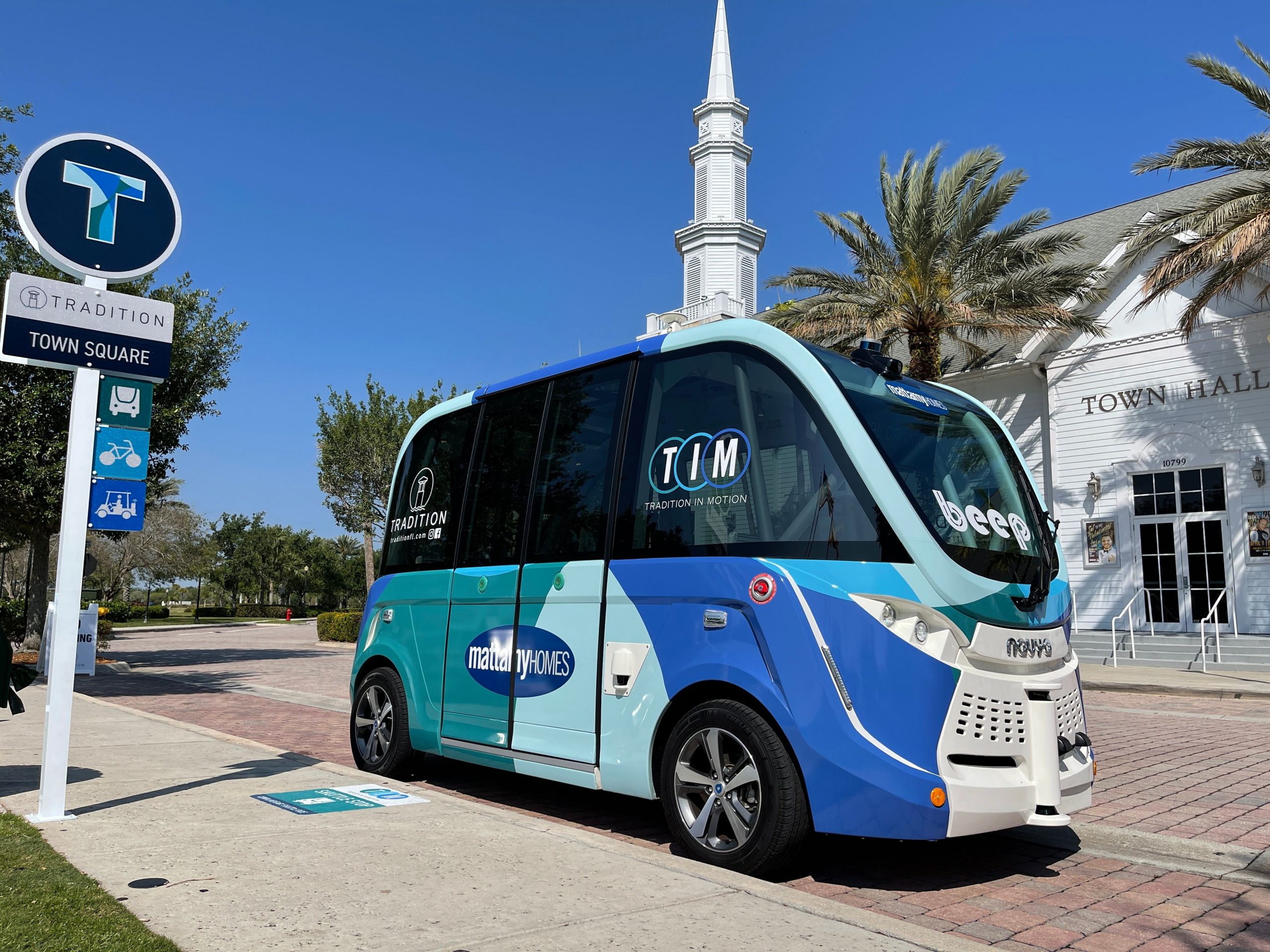We are at an interesting inflection point in the autonomous vehicle market. On the one hand, we have Tesla pushing the envelope with vehicles that allow autonomous features on highways and other major roads and other companies taking a more cautious approach.
Tesla’s autonomous capabilities are tremendous and continuing to improve but other drivers on the road haven’t consented to driving on roads with non-human drivers. Moreover, Tesla may not have made things better with its recent beta version 9 of its Full Self-Driving system which warns drivers it “may do the wrong thing at the worst time.”

This brings up another point – many of us will not put a beta version of an operating system on our phones because they may become unreliable. Yet, we put this code in our cars?
Elon Musk has hinted in the past that fully autonomous vehicles are around the corner but the corner seems to get farther over time.
In a recent interview with Beep, the autonomous car company focusing on small communities, we got a different perspective. We spoke with Joe Moye, CEO (pictured right) and Clayton Tino (pictured left), CTO. Joe said fully autonomous vehicles coming to your driveway to pick you up and take you somewhere is ten-twenty years away.
This is a shocking statement as society probably expects fully autonomous cars to be available this or next year.

It is unclear if Joe and Clayton are being conservative but they certainly understand the space and the tech needed to produce self-driving vehicles.
Beep’s vehicles use “virtual rails” or mapped and geofenced routes that are predetermined. Currently, the vehicles have safety attendants as required by law.
Joe said their goal is to achieve level 4 autonomy – they will remove safety attendants and focus on a command center (see below) with remote mission management and mission intervention capabilities. This may sound to you like it is teleoperations, where remote operators can control the vehicle but Joe says they will partner and work with numerous teleoperations players as opposed to building this functionality themselves.
Clayton explained a “remote steward” will fill the 8% or so autonomy gap resulting from conflicts and deviations.
An example of a deviation could be a vehicle stopped in front of you with the driver or passenger waving you around them.
Clayton said this still doesn’t solve the fleet issue – referring to orchestration and management. This is where the company will be investing in the next 18-36 months in fact. This includes developing sophisticated solutions for object recording and classification as well as relying on multiple sources of information and weaving them together to provide a safer drive.

They are working on ideas such as intelligent cameras at the edge, adding more cameras and sensors to vehicles and other ways to manage fleets more efficiently.
He also feels automated driving system (ADS) companies will bundle in teleoperations with 5G and edge connectivity. Some states such as Florida and countries in Europe such as Germany require remote oversite of autonomous vehicles but this may not mean a remote operator needs to be able to control the car with a steering wheel and brakes, etc.
We started this piece with a warning about drivers not consenting to being on roads with autonomous vehicles. There is an upside of course to having a computer control a vehicle. Beep told me their vehicles can brake ten times faster than a human when a nearby driver runs a stop sign. They also point out their autonomous systems are more complex than those that basically keep you on the highway at a steady speed. They must account for pedestrians, bicycles and other complex urban scenarios.
Currently, their vehicles operate in areas that allow speeds of 25 MPH and attain a top speed of 12 MPH with 16 and then 20MPH coming in the future.
You may be thinking that a top speed of 12 MPH is ridiculously slow and while you would have a point, the issue at hand is every autonomous-related accident and death is big news while human driver deaths number in the tens of thousands each year with few mentions from journalists. In other words, there is a microscope on autonomous vehicles, meaning they have to be near or even 100% perfect if they want other drivers to be comfortable with them on the road.
This is why what Beep is doing makes a lot of sense. It is better to be safe than sorry. We liken their approach to the classic case of disruption where lower powered (or speed in this case) solutions continue to evolve to displace the powerful (or faster) leaders. Certainly, the AV market is not winner takes all but when it comes to human safety, perhaps it should be.
Aside from his role as CEO of TMC, Rich Tehrani is CEO of RT Advisors and a Registered Representative with and offering securities through Four Points Capital Partners LLC (Four Points) (Member FINRA/SIPC). RT Advisors is not owned by Four Points.
Rich Tehrani may potentially be in discussions with any companies mentioned above regarding investment banking services such as funding, M&A, SPAC merger, IPO, etc.
The above information was strictly a technical/business news article/review regarding the company(ies) mentioned. The information contained should not be considered and is not a recommendation to invest in or sell short the securities of the underlying company(ies).






